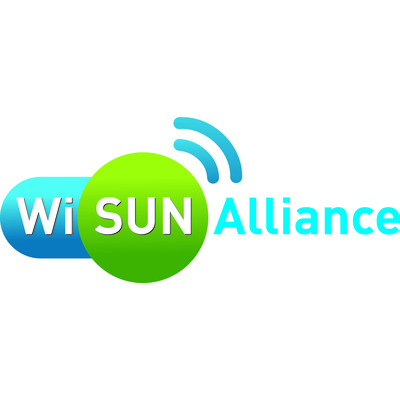Security and interoperability remain critical problems hindering widespread smart city deployments, says Wi-SUN Alliance survey

Phil Beecher of Wi-SUN Alliance
Smart cities are expected to be commonplace within the next 10 years, according to a new poll by Wi-SUN Alliance, but first some major challenges need to be overcome.
The Wi-SUN Alliance is a global ecosystem of member companies seeking to accelerate the implementation of open standards-based Field Area Networks (FAN) and the Internet of Things (IoT). More than half of the respondents expect to see widespread smart city deployments in 10 or more years, while a third predict 5-10 years. Just 15% expect it in less than five years.
The alliance conducted a poll on Twitter in April 2019 posting five questions over the course of a week. The poll attracted 20,098 responses from individuals across all age ranges with an interest in technology, AI, machine learning, IoT, robotics and deep learning, among other similar topics.
However, half cite lack of funds or investment in projects as the biggest challenge currently holding back smart city development. A further 21% point to security and privacy issues, while lack of interoperability (14%) is also seen as a major factor in progressing deployments.
When asked about their specific security concerns, respondents point to data privacy as their biggest worry (37%), while attacks on critical infrastructure (28%) and network vulnerabilities (24%) are also cause for concern. Eleven % cite insecure IoT devices.
 “It’s interesting to see the timeframe that many of our respondents place on smart city deployment, when in fact smart cities are already here,” according to Phil Beecher, president and CEO of Wi-SUN Alliance. “Smart lighting is being deployed using canopy mesh networks and is already helping to save operational costs through reduced energy consumption and better reliability. These deployments can be used to improve public safety and for additional services such as intelligent transport systems, smart parking and electric vehicle charging stations.
“It’s interesting to see the timeframe that many of our respondents place on smart city deployment, when in fact smart cities are already here,” according to Phil Beecher, president and CEO of Wi-SUN Alliance. “Smart lighting is being deployed using canopy mesh networks and is already helping to save operational costs through reduced energy consumption and better reliability. These deployments can be used to improve public safety and for additional services such as intelligent transport systems, smart parking and electric vehicle charging stations.
“Certainly security and interoperability remain critical factors in any smart city deployment and one of the reasons why developers and utilities are increasingly specifying Wi-SUN technology as part of a robust, resilient and scalable wireless communications network. As more IoT devices connect to the network, the opportunity for major disruption through security vulnerabilities is increasing all the time, while greater IT/OT (operational technology) convergence, especially in utilities, will increase the risk of attacks on critical infrastructure.”
There are already more than 91 million Wi-SUN capable devices (Navigant Research) awarded globally as utility companies, service providers and city developers deploy new IoT applications and services for smart cities and utilities. Wi-SUN FAN is the network technology behind a number of major smart city projects around the world including City of London, Copenhagen and Glasgow, as well as a growing number of smart utility networks.
In a report by IoT Analytics, Miami was identified as the world’s number one city for connected streetlights, with nearly 500,000 units deployed, supported by Wi-SUN compatible technology. Paris is number two with 280,000 connected streetlights retrofitted across the city with a Wi-SUN compatible mesh network.
The Wi-SUN Alliance hosted a webinar in June to discuss ‘How Wi-SUN FANs benefit smart utilities and smart cities’, with invited guests Iker Urrutia, manager of Smart Grids, Iberdrola, Kyle Grossman, manager, Network Business Integration, Xcel Energy and Jeremy Laundergan, VP of Consulting Services, EnerNex.
To listen to the recording, click here.
Comment on this article below or via Twitter @IoTGN
